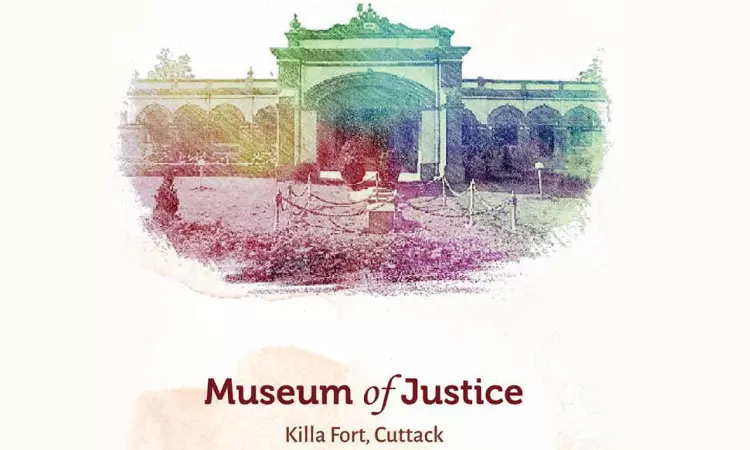Prof. Ganeshi Lal, the Governor of Odisha last week inaugurated the renovated and refurbished ‘Museum of Justice’ inside the historic compound of Barabati Quila (fort), Cuttack. Among others, the event was attended by Chief Justice of the High Court Dr. Justice S. Muralidhar, Judges of the High Court, former CJI Justice G.B. Patnaik and former Chief Justice of Tripura High Court...

